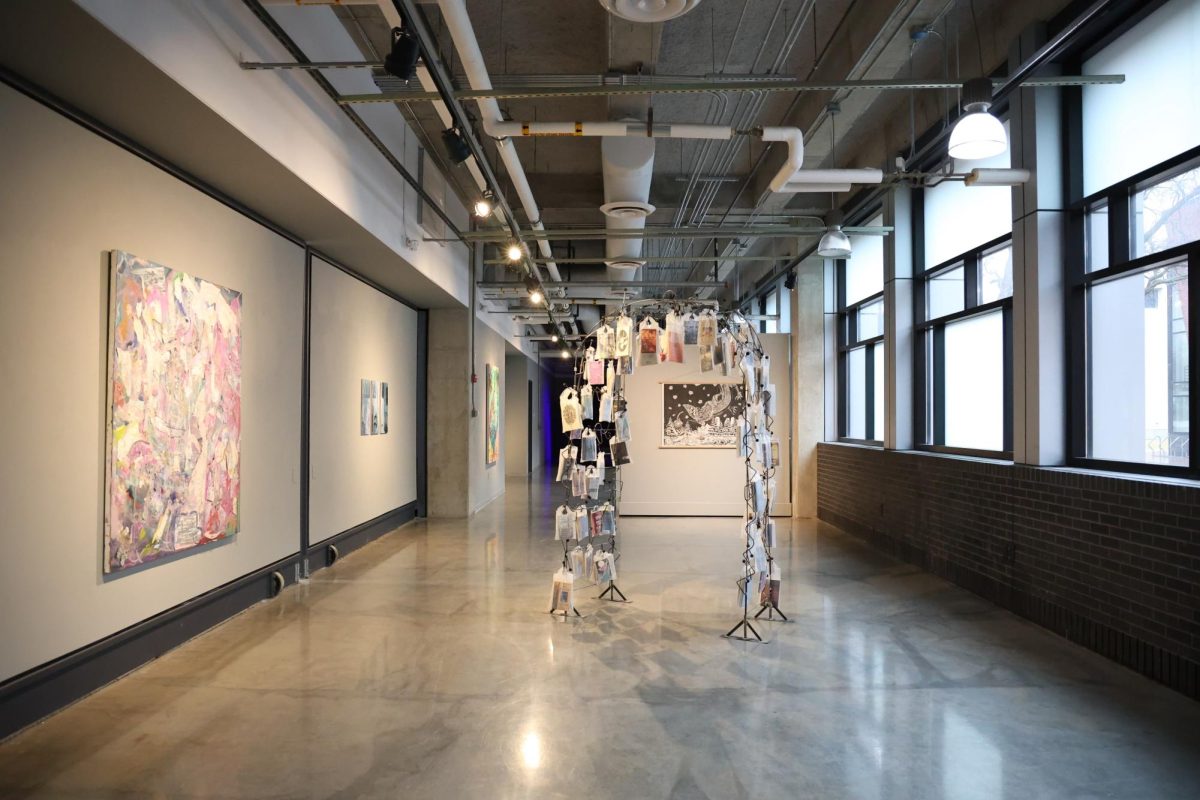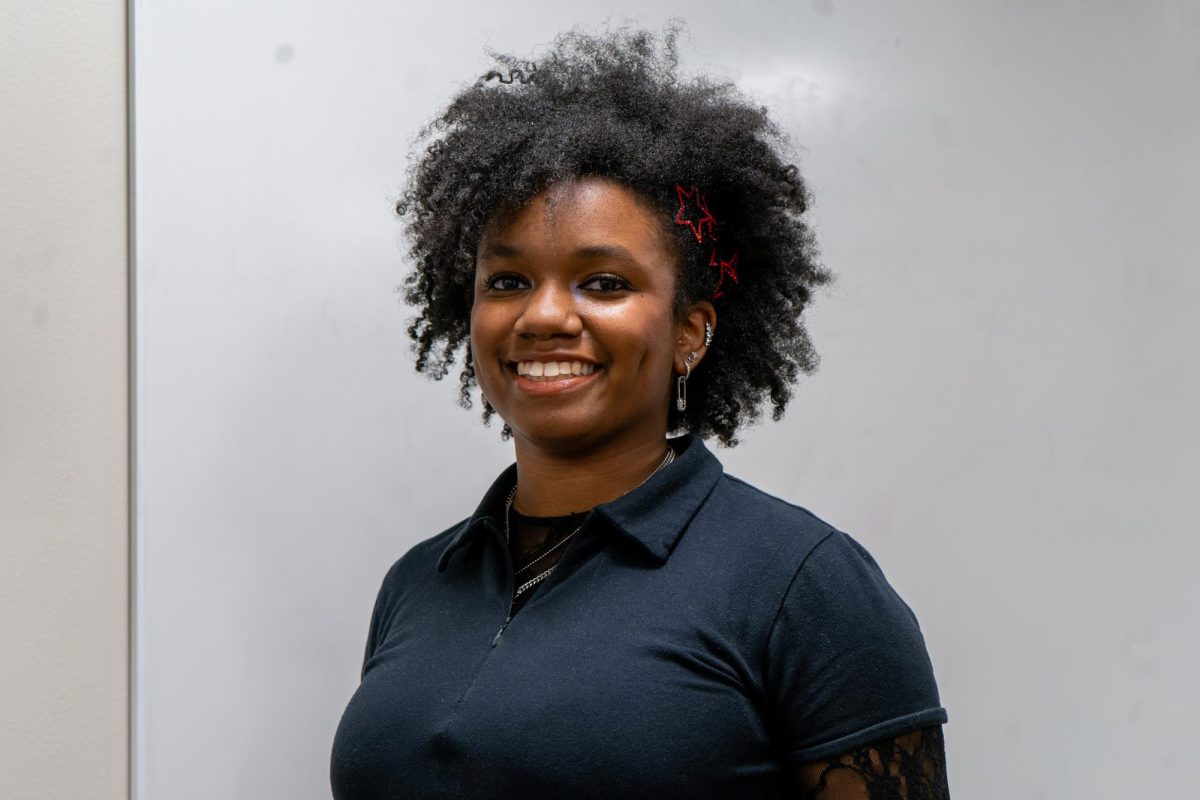The University of Minnesota is a national leader for start-up creations and has been consistently ranked in the top four universities in the country the past four years.
The University launched 25 new startup companies in the last year in various different fields, from biotech to food and agriculture. With the help of the University’s Venture Center, startup creators and researchers can learn how to get funding for their ideas, assess the commercial potential for their ideas and get advice on how to establish their new company, according to the Venture Center’s webpage.
The Venture Center works closely with startup founders to determine the best path forward for their business based on the company idea or available technology.
WhirrlEnergy
Among the 25 startups created this year is WhirrlEnergy, created by former University PhD candidate and current California Institute of Technology PhD candidate Huan Liu and University Professor Richard James.
Liu and James developed a Vertical Access Wind Turbine (VAWT) with an advanced power output and a relatively simple design, which can put out greater power compared to other VAWTs.
James said while larger horizontal wind turbines are successful in areas like Southern Minnesota, they are not generally tolerated in many areas, especially urban areas. The use of more compact VAWTs has the possibility to generate wind energy for urban, suburban and rural parts of the world.
“There’s plenty of room for the homeowner or small town or rural areas or urban areas,” James said. “Even college campuses have lots of buildings on the U of M campus, and you could potentially deploy vertical axis wind turbines on the tops of those buildings.”
WhirrlEnergy’s VAWT was first inspired by the origami energy designs of structures Liu said she had been researching. Although they strayed from this type of design because of manufacturing issues, Liu and James came up with a new design which still has some elements of origami curves.
According to James, most VAWTs have both an active and a parasitic side, which produces negative torque and decreases power output. Their new design eliminates the parasitic side of the turbine, allowing for greater power output.
Liu said one of the many advantages to WhirrlEnergy’s turbine design is that it can still generate energy in lower wind speed, while horizontal wind turbines need a much greater wind speed to work.
In the future, Liu and James hope to be able to market their VAWT as a more efficient wind turbine for cities, farms and suburban areas. Liu said they hope to create more designs in the future, and she is working on a new design right now.
“I think our turbine is the best turbine in the world,” Liu said. “I think it has a great potential and a lot of places people can use it. The market is big.”
Alure LLC
Alure LLC, another startup created in the last year, is an environmentally friendly way to eliminate large quantities of invasive Japanese beetles, co-founder James Duquette said.
The idea for Alure started in a Carlson School of Management class and took off from there, according to Duquette.
Duquette and co-founder Aditya Prabhu developed an insecticide-infused netting that traps beetles and isolates them to one specific place on the plant. This is meant to replace the user having to spray insecticide all over their plants.
Prabhu grew up dealing with the effects of Japanese beetles on his mother’s plum trees, Duquette said. To avoid using pesticides on the trees, Prabhu and his brother would have to take the beetles off by hand, which can be very time consuming.
“The solutions out there right now are hand picking, or spraying pesticides on your plants which kind of defeats the purpose of growing food in your garden if you want to keep it pesticide free,” Duquette said.
Much of Alure’s success so far comes from student entrepreneurship competitions, Duquette said. Last spring, the company competed in eFest, a student entrepreneurship competition at St. Thomas University, where it won the Minnesota Cup’s student division.
Duquette said he is hopeful the product can ease the use of pesticides to make growing plants a little easier.



















